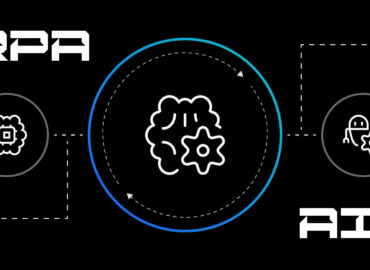Understanding Phone Tracking: How Your Mobile Device Can Be Tracked
There are a number of ways that phone tracking can happen, including IP addresses, Bluetooth, Wi-Fi, GPS, cellular networks, and even the microphone on your device.
In-Depth Analysis
Radio triangulation allows your phone to connect to the internet and receive calls or SMS by transmitting a unique identifier to the closest cell towers. This procedure makes it simple to determine the approximate location of your phone. The outcome is more accurate the more cell towers your phone connects to.
Websites, VPNs, and nodes you connect to may also be able to determine your approximate location based on your IP address. Use Tor for the majority of your activities, excluding those that are directly related to your identity, to allay this worry.
Wi-Fi functions in a similar way. Your phone uses its MAC address to identify itself and is always looking for networks to connect to. Your device records your movements if it continuously uses the same MAC address. Imagine yourself strolling through a big city, where most homes probably have a router. All of the requests that your phone made while looking for nearby networks while out for a stroll in the city can be gathered, along with its MAC address.
Turning off Bluetooth completely is the only practical way to stop Bluetooth tracking. Your phone and you will always have a unique Bluetooth address. This address cannot be randomly generated, not even on a private and secure system like GrapheneOS. Numerous entities are capable of detecting your Bluetooth address, from stores and hotels to hospitals, public transport, and authorities.
Exceedingly loud Inter-device Tracking makes inaudible noises with your phone. To create beacons that can be broadcast through speakers and picked up by listening devices, these sounds are encoded with data. This technique can track your location by embedding itself into common sounds, like TV or online ads, potentially jeopardizing your privacy.
Tor’s privacy measures have been found to be superseded by ultrasonic tracking. According to a study, ultrasonic cross-device tracking might introduce phony audio beacons, disclosing user’s personal data.







